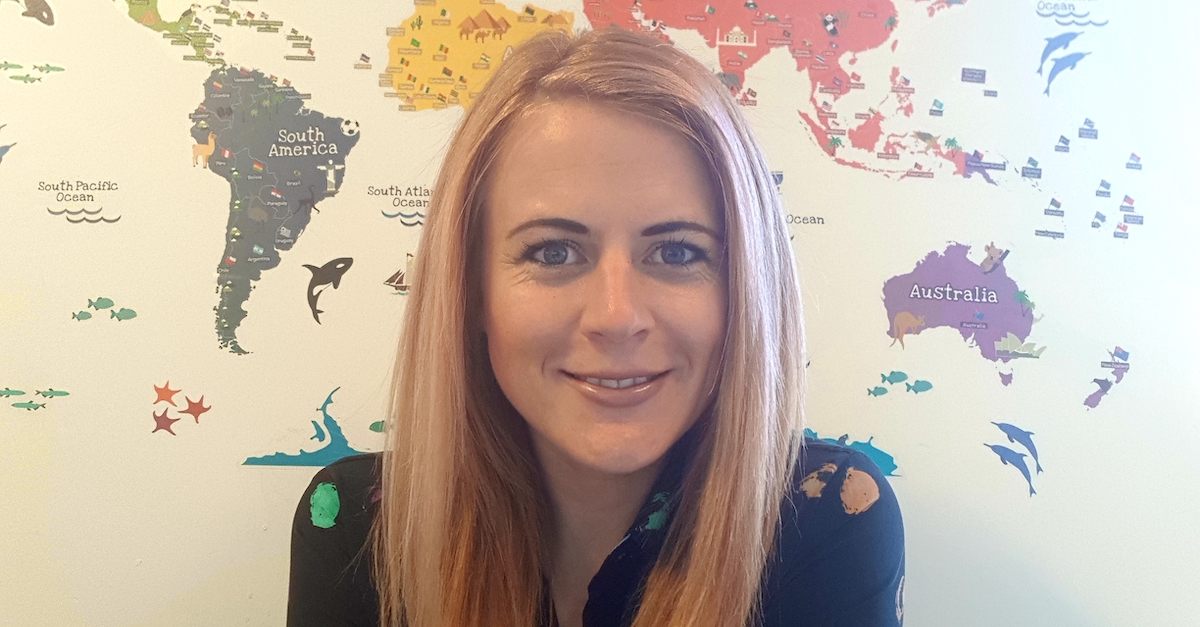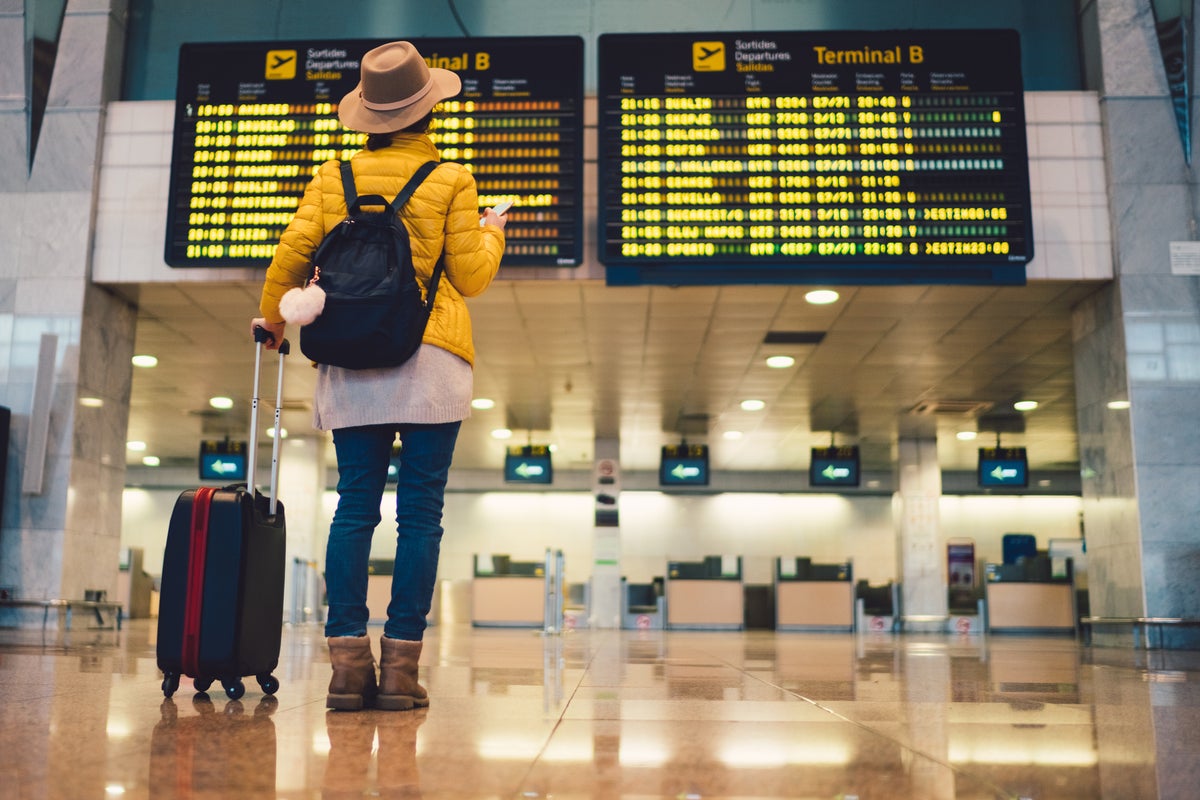Comment: Why the lates market could turn ‘orange’
Steve Endacott explains the transformation of holiday pricing strategies

Gaining an accurate view of the volume of late availability holidays has become much more complex since the evolution of the market away from the major integrated tour operators whose ownership of charter airlines dictated a relatively fixed capacity of ‘pre-packaged holidays.
Traditional tour operators like Airtours, where I once worked, would sell holidays at brochure prices based on the customer choosing a named hotel before switching to heavily discounted, unnamed ‘late availability’ deals graded by star rating.
With budgeted load factors of 99.8%, we would discount these holidays to as low as £99 to fill seats at the last minute.
No tour operator entered the summer ‘lates’ market, defined as holidays sold after April 1, better than 54% loaded. Therefore, it was relatively easy to estimate the number of holidays left to be sold.
We knew that 80% of these would be sold at a loss. But the size of this loss varied massively depending on the UK weather, the availability of cheap hotel beds and how the remaining capacity was balanced across what were, 20 years ago, the big four tour operators.
This yield model was sub-optimal because it encouraged customers to wait for lastminute bargains rather than commit early, eroding early brochure sales, and it made it impossible for a publicly listed company to give the City any certainty about profitability ahead of the summer lates market.
Not surprisingly, the City preferred the yield model of low-cost airlines with their ultra-low initial prices that rose in ‘buckets’ of four seats based on historical yield curves and current sales rates.
Low-cost carriers reward early bookers and do their discounting early, using below-cost seats to create sufficient base load factors that allow them to increase prices closer to departure.
However, this yield model works best when demand exceeds supply and can easily become unstuck if excess seats still need filling close to departure.
Overall flight capacity from the UK is forecast to remain at 98% of 2019 levels in 2024, primarily due to weaker demand for business travel post-Covid owing to adoption of video conferencing and a reduction in demand for city breaks.
Low-cost carriers have instead shifted large amounts of capacity on to leisure routes. Exactly how much capacity has been added is hard to estimate, but with Atol carryings having increased by 5.32 million or 20% since 2019 to 31.6 million this year, the overall increase will likely be more than 10 million seats.
The UK public experienced a life shock during the Covid-19 lockdown that made them appreciate more the time they spend with loved ones, and this has been reflected in a marked increase in holiday demand, with the average spend on holidays rising by 30%.
The outbound holiday market continues to ride this wave of demand, with early sales for summer 2024 strong.
However, with the UK entering a technical recession, inflation remaining stubbornly high and interest rates still at 5.25%, consumer spending power is weakening.
I have long talked about the ‘haves’ and ‘have nots’, with the latter group dominating the lates market. These customers are forced to book late based on financial circumstances and often use credit cards to fund holiday expenditures.
It is this group of customers that will be hit hardest by the current financial squeeze, meaning demand could be weakened in the lates market when low-cost carriers have record seats still to sell on leisure routes.
Jet2Holidays used to dispose of ‘distressed’ seats on routes not performing to the desired price curve by switching them into holiday packages, making the prices opaque to competitors monitoring their prices or early booking customers. But with package sales representing 80% on most leisure routes, Jet2 is now more of a tour operator than an airline and has limited access to this useful yield tool.
However, easyjet Holidays’ 1.9 million passengers are a small fraction of easyJet’s 93 million seats, making it much easier for them to dispose of excess seats as opaque holiday packages.
Given the airline’s sophisticated yield management, these discounted prices are likely to give easyjet Holidays a unique price advantage as we approach the summer – both over OTA competitors, which will be paying the full published seat price plus API-booking fees, and competitor Jet2Holidays.
The most interesting airline to watch will be Ryanair now that it has finally started cooperating with OTAs such as LoveHolidays.
I have been very critical of Ryanair charging customers mark-ups of up to £50 per couple for the privilege of booking flights as part of OTA packages, but it’s interesting that since my last blog post these fees have started to drop by £5 on average as we come closure to departure.
It will be fascinating to see if Ryanair realises the benefit of this new sales channel and starts dumping excess seats with no markup or even negative markups.
This would be a smart move, but I can’t see Michael O’Leary eating humble pie just yet. It’s my prediction that easyJet Holidays will turn the lates market ‘orange’ this summer with the best late deals in the market.

 Aliver
Aliver 
































